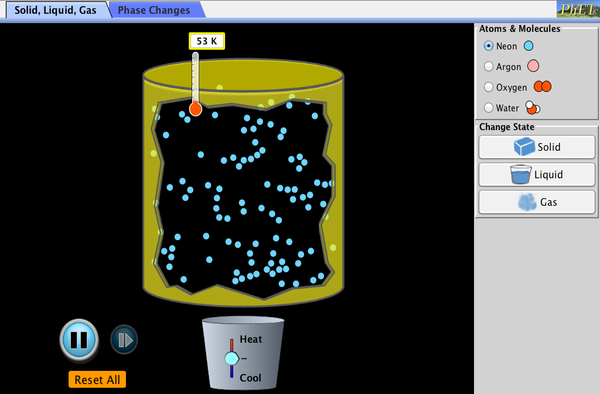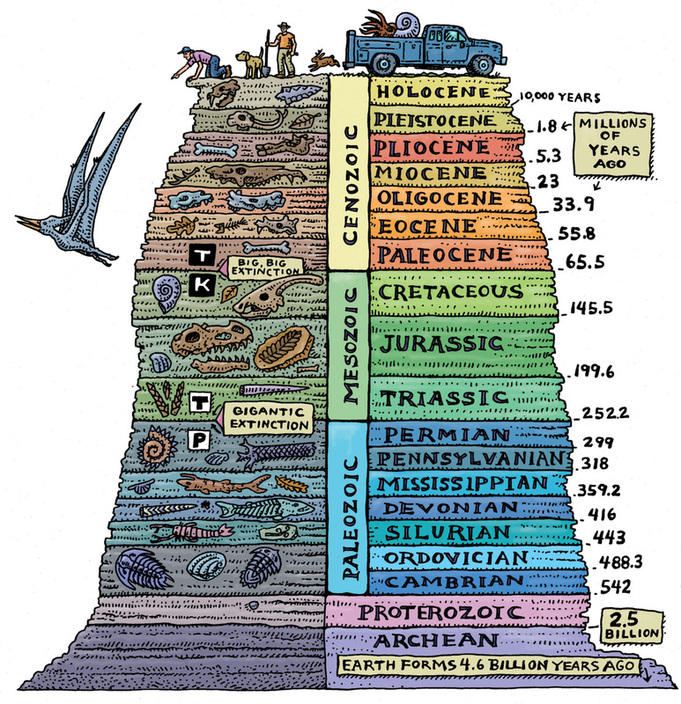Unit Information:
Unit 2 Goals & Resources
Unit 2 Vocabulary Help
Why is it so important to understand the very, very small things in our world?
In the book
Napoleon's Buttons: 17 Molecules That Changed History the author explains how
Napoleon Bonaparte, the French Emperor, was not able to move his army any further against the Russian army because of something very small---a button. As the story goes: Napoleon's army had coats with buttons made from a metal called
tin. One of the
properties of tin is that it breaks down when it becomes cold.
 |
Napoleon and his Grande Armée, Retreating from Moscow
|
The author explains that during the cold Russian winter, the buttons on the French soldier's coats broke, opening them up to the cold. Besides causing sickness, fighting without buttons might be difficult.
 |
| Tin button |
We do know for sure that during the winter of 1812 the French Grande Army lost thousands of men and were forced to retreat. From this point, France was never able to realize its vision of ruling over a huge empire and Russia would continue to remain free of foreign rule.
In this example of Napoleon's Army we can see that the understanding the properties of something as simple as the
atoms in tin can make a huge difference in history.
Chemistry is the study of
chemical elements (like tin, gold, helium, uranium, oxygen, etc.) and
compounds (like water, sugar, carbon dioxide) and how matter like this changes.
One of the goals of this unit is to explore what matter is. You will be given a chance in this unit to understand how our world works by analyzing the very small.
If the answers to many problems in our world are found in the very small, who knows where research and understanding atoms and molecules could eventually lead us?

















